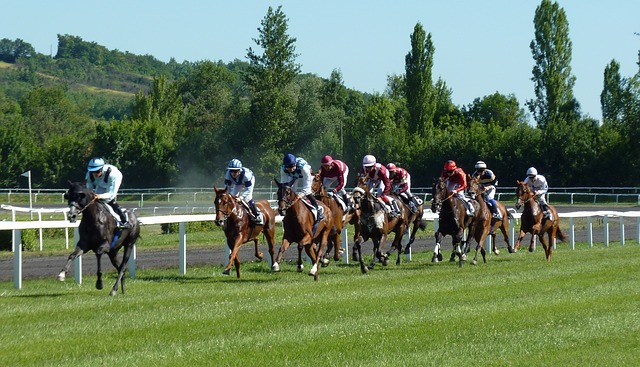People who write for a living, such as writers and journalists, have usually had more than a few years of training by the time they become professionals. With that in mind, you’d think they would find it easy to determine whether a word should be capitalized or left lowercased. But capitalization rules don’t tell you how to capitalize certain things, and the rules are not always straightforward—and there are more than a few exceptions to what rules we do have.
Despite what you may think, how to capitalize words is one of the more frequent decisions a writer faces, and it probably sends them to the dictionary more than any other issue.
Even with access to dictionaries or style books, questions often remain: how do you know what is a proper noun? And how to capitalize it and how to format it?
Below is Merriam-Webster’s definition of a proper noun:
as “a noun that designates a particular being or thing, does not take a limiting modifier, and is usually capitalized in English.”
Oxford English Dictionary lists it as:
A name used for an individual person, place, or organization, spelled with initial capital letters, e.g., Larry, Mexico, and Boston Red Sox.
What that means is that brand names should be capitalized unless the company indicates it should be formatted as lowercased, like “iPhone, iPad, iPod, or eBay.”
Apple is responsible for another capitalization issue, and this one dates back to the turn of the century. In an advertising campaign, Apple used the slogan “Think Different,” which became synonymous with Mac computers.
Because it was a trademarked phrase, it was capitalized when used to refer to the advertising campaign. If used in a different context, it would not have been.
Another Capitalization Problem—How to Capitalize Foods
Foods (especially cheeses) and wines make up another area that gives writers problems when it comes to capitalization rules.
With the proliferation of TV shows dealing with cooking (there’s even a food network now), AP (Associated Press) included an entire new section to food, especially cheeses and wines. Here are the basics:
Foods and wines are far from the only problems though. Degrees and job titles are a major problem in the work environment. See this article about capitalization on résumés for an example. Or this one on capitalizing dialogue.
How to Capitalize Foods and Wines
AP in their new guidelines on food:
Most food names are lowercase: apples, cheese, peanut butter. Capitalize brand names and trademarks: Roquefort cheese, Tabasco sauce.
Most proper nouns or adjectives are capitalized when they occur in a food name: Boston brown bread, Russian dressing, Swiss cheese, Waldorf salad.
Lowercase is used, however, when the food does not depend on the proper noun or adjective for its meaning: french fries.
- If the food (or wine) is named after a person, city or area, that proper noun is almost always capitalized. For example: Boston cream pie has Boston capitalized, but not cream pie.
The subject of capitalization is of enormous interest to writers because they want to make sure to get things right. I just finished an entire book dedicated to the subject. The cover is listed below.
Acronyms And Initialisms
Abbreviations, acronyms, and initialisms give writers a continual source of trouble. The trouble stems from the ubiquitous exceptions that occur with almost all grammatical rules.
Despite what you may see on many sites dealing with grammar, not all acronyms and initialisms are capitalized. A writer simply has to use a dictionary or know when to capitalize and when not to. Consider the following, which many people have forgotten were originally acronyms.
• scuba
• radar
• sonar
• laser
• amphetamine
Scuba is short for “self-contained underwater breathing apparatus.” Amphetamine is short for its chemical name, “a (lpha-) m (ethyl) phe (ne) t (hyl) amine.” None of the above words are capitalized, yet they are all undoubtedly acronyms.
There are fewer exceptions when dealing with initialisms, but there are still enough to cause confusion.
• mph = miles per hour
• rpm = revolutions per minute
• mhz = megahertz
Your best bet, as always, is to select a dictionary and style guide for reference, and then stick to it. You may still run across a few variances, but not many.
If You Enjoyed This Post, Please Share.
Giacomo Giammatteo is the author of gritty crime dramas about murder, mystery, and family. And he also writes nonfiction books including the No Mistakes Careers series as well as books about grammar, publishing., and children’s fiction and nonfiction.
When Giacomo isn’t writing, he’s helping his wife take care of the animals on their sanctuary. At last count, they had forty animals—seven dogs, one horse, six cats, and twenty-five pigs.
Oh, and one crazy—and very large—wild boar, who used to take walks with Giacomo every day.
He lives in Texas where he and his wife have an animal sanctuary with forty loving “friends.”



















Connect
Connect with us on the following social media platforms.